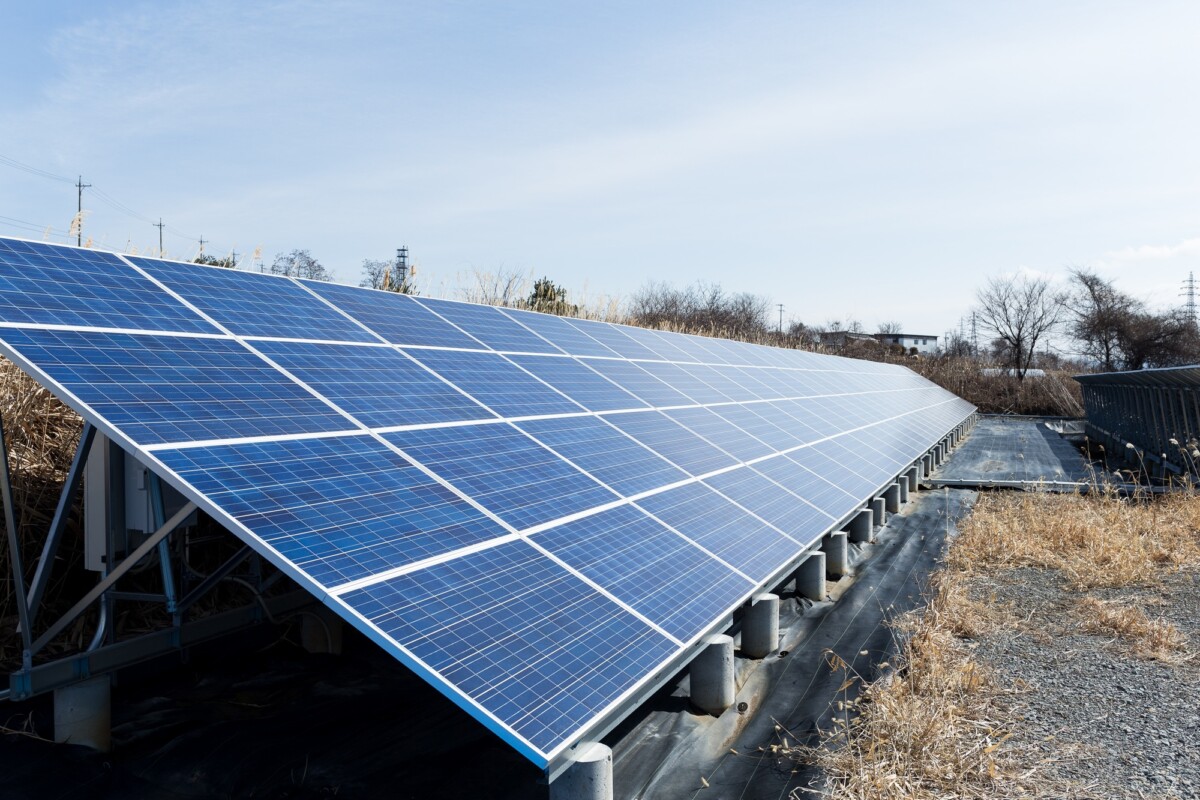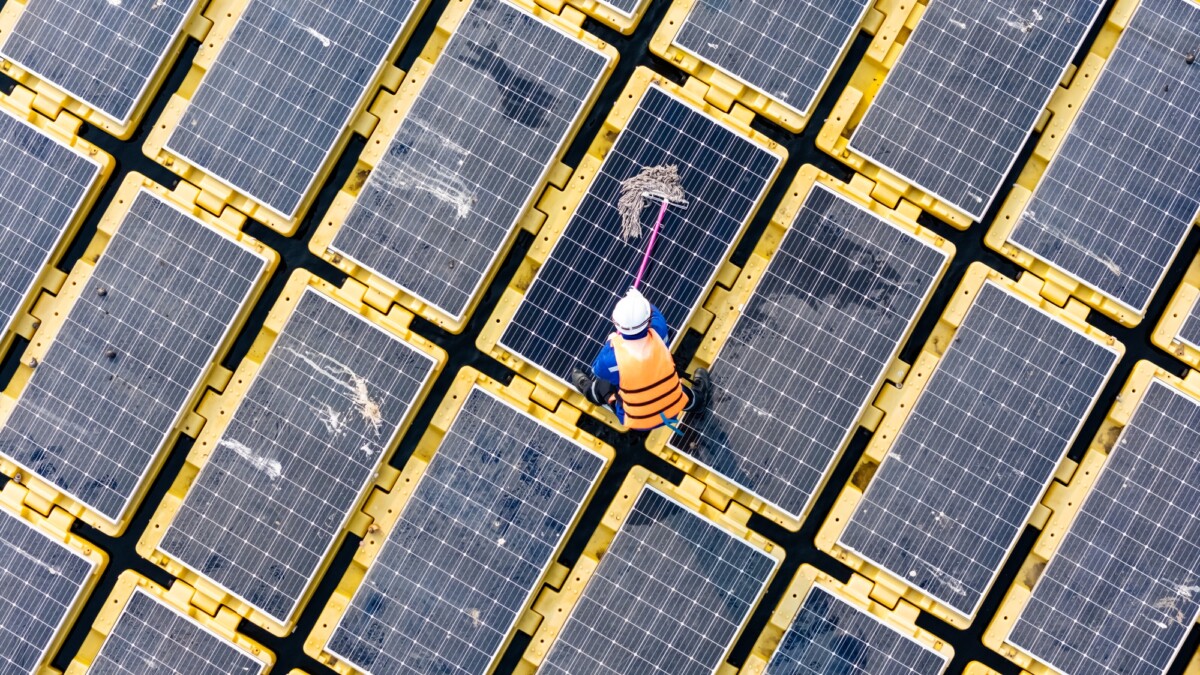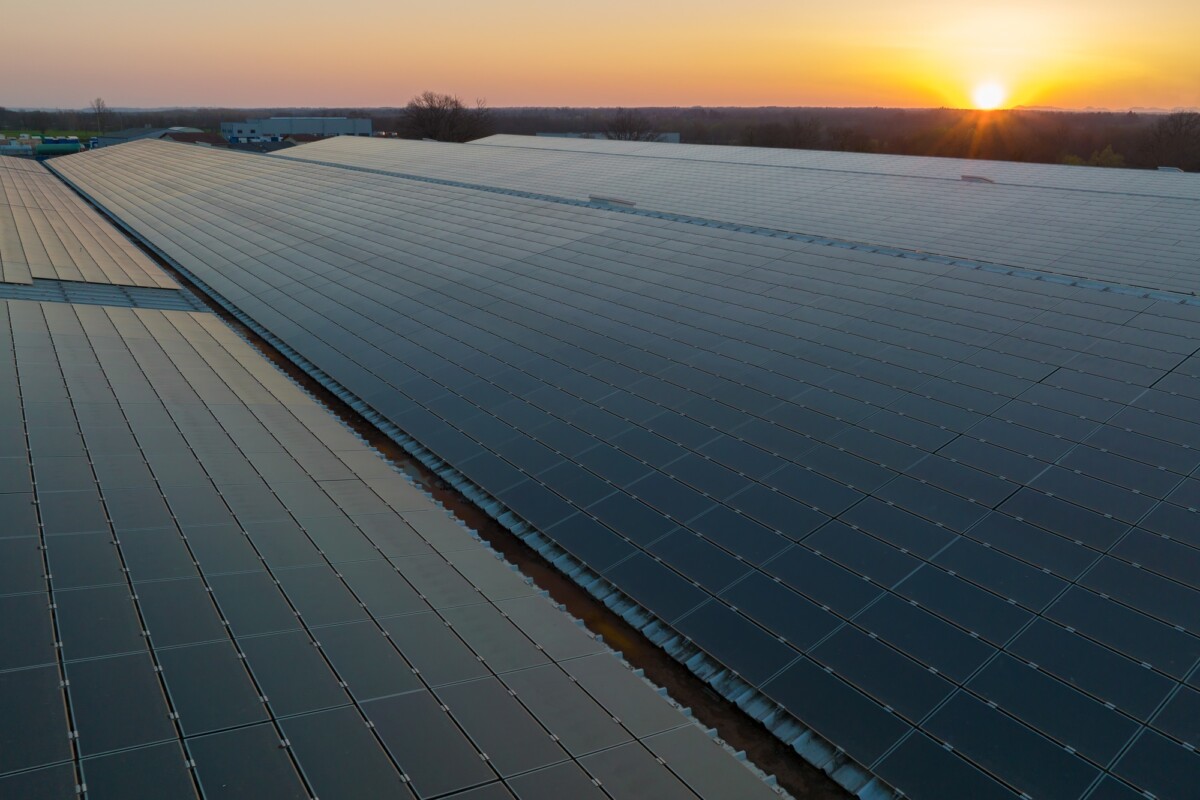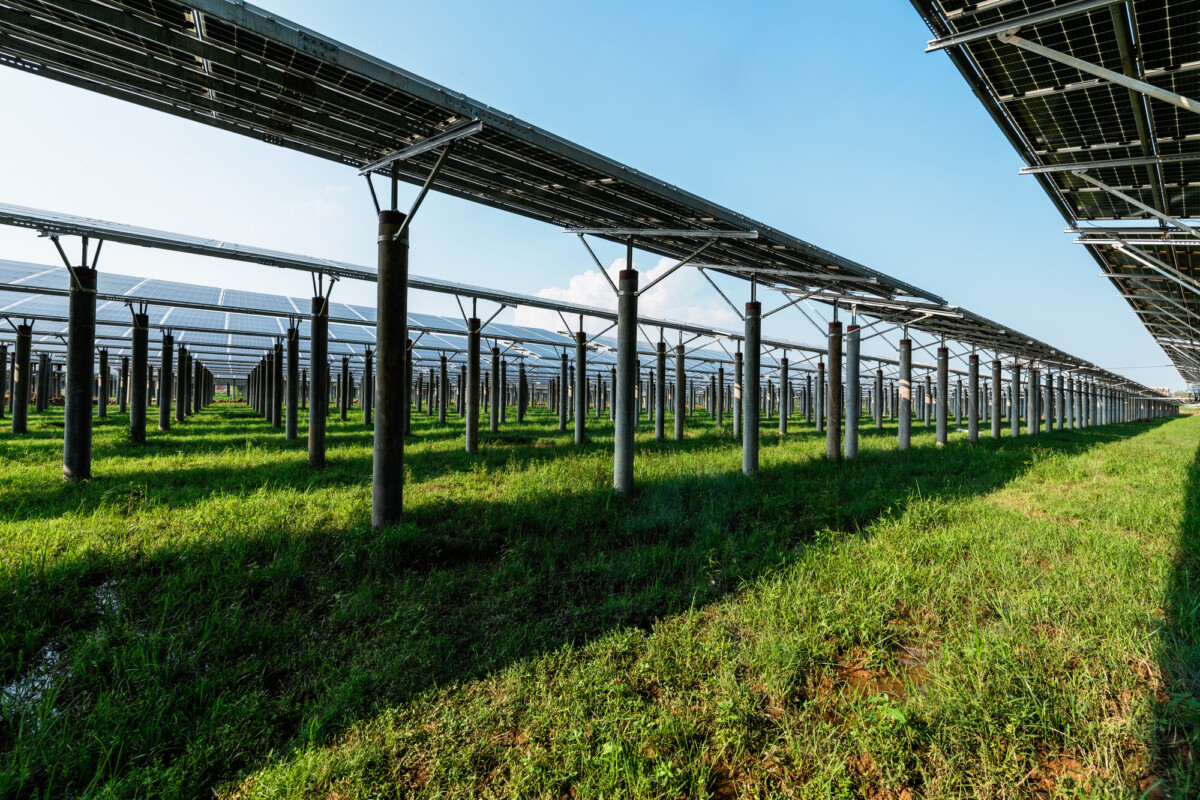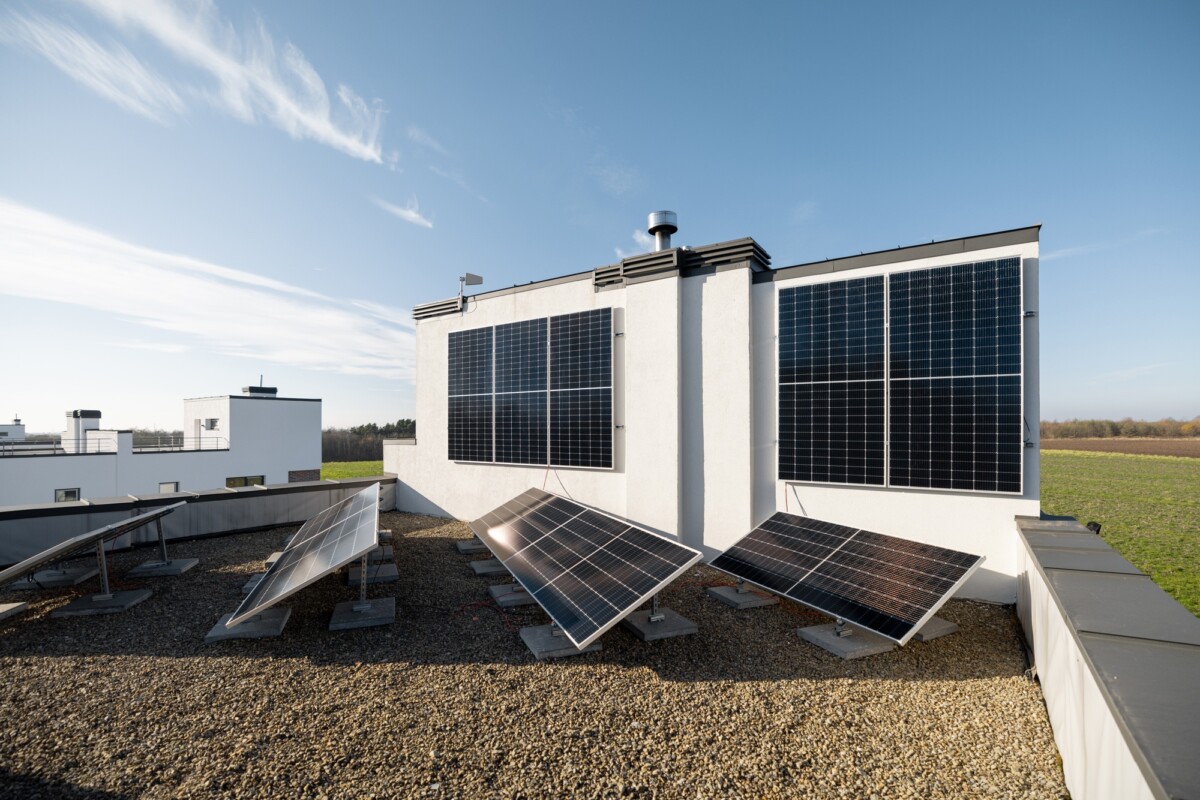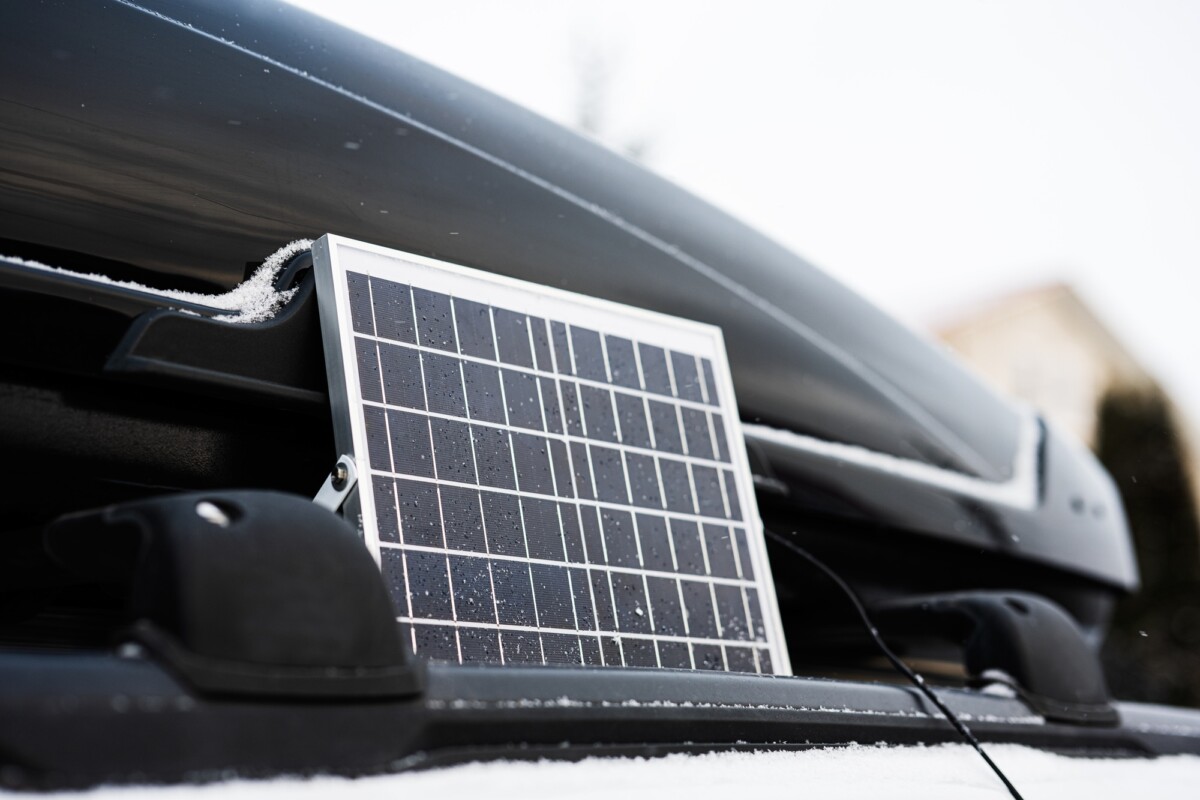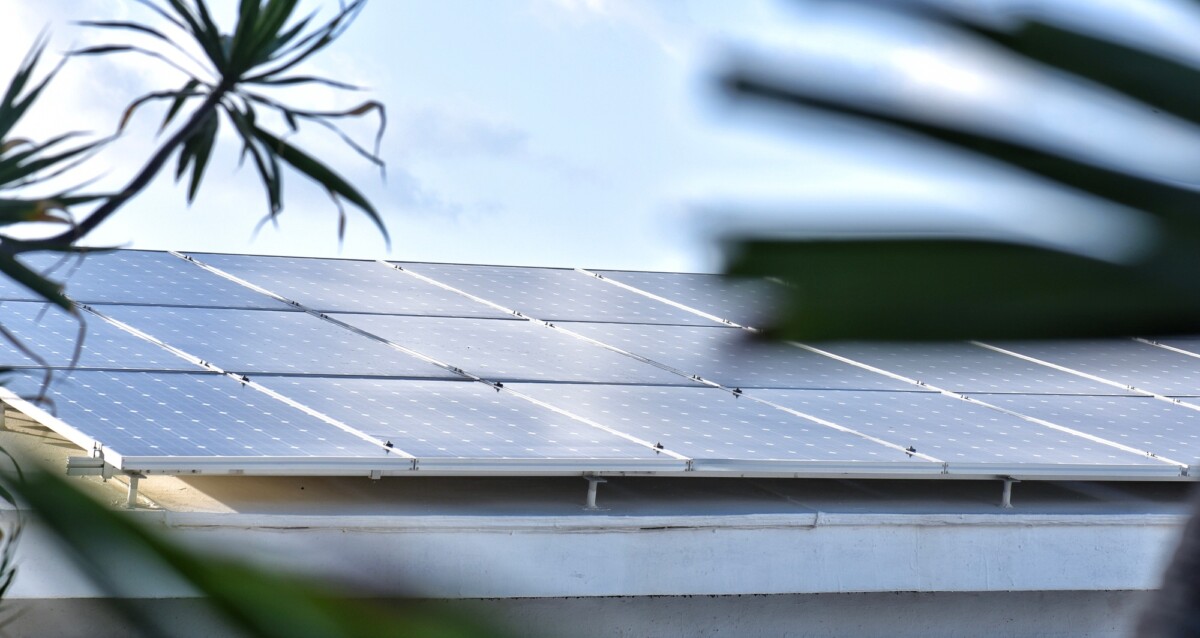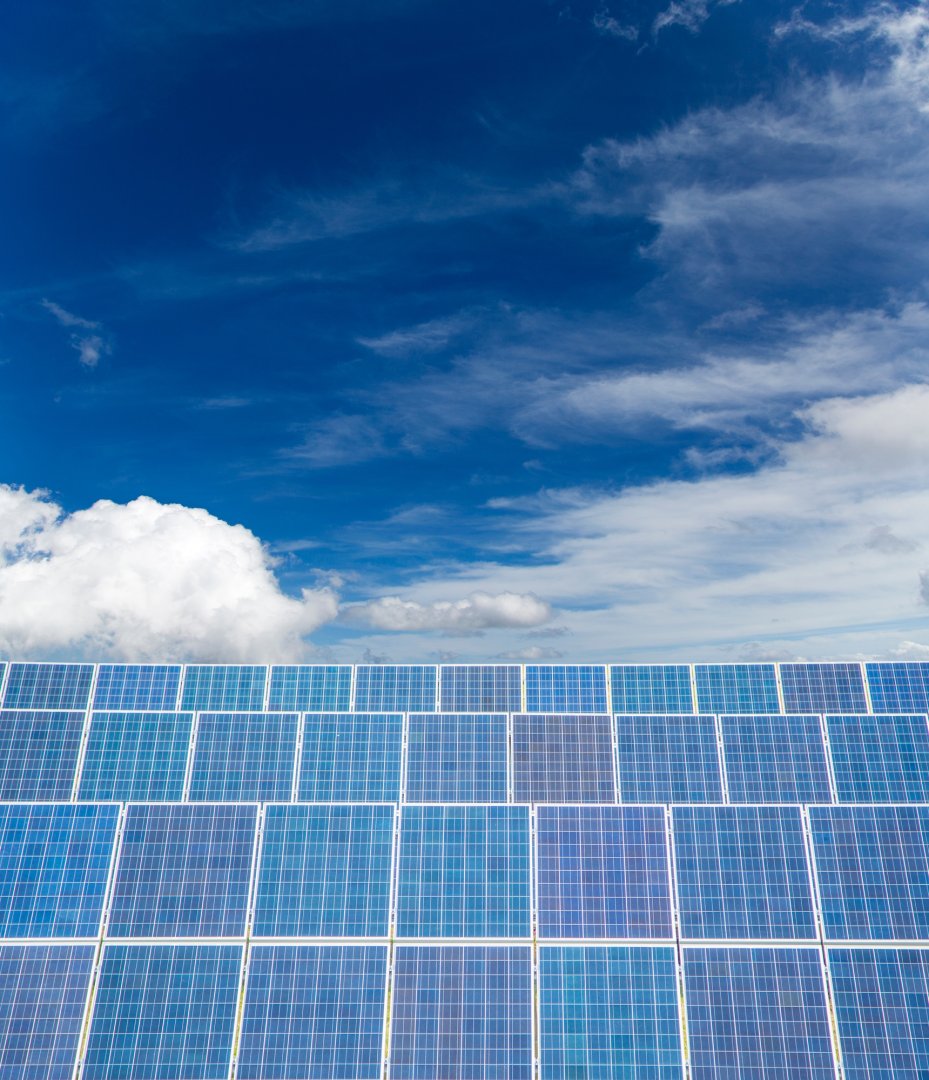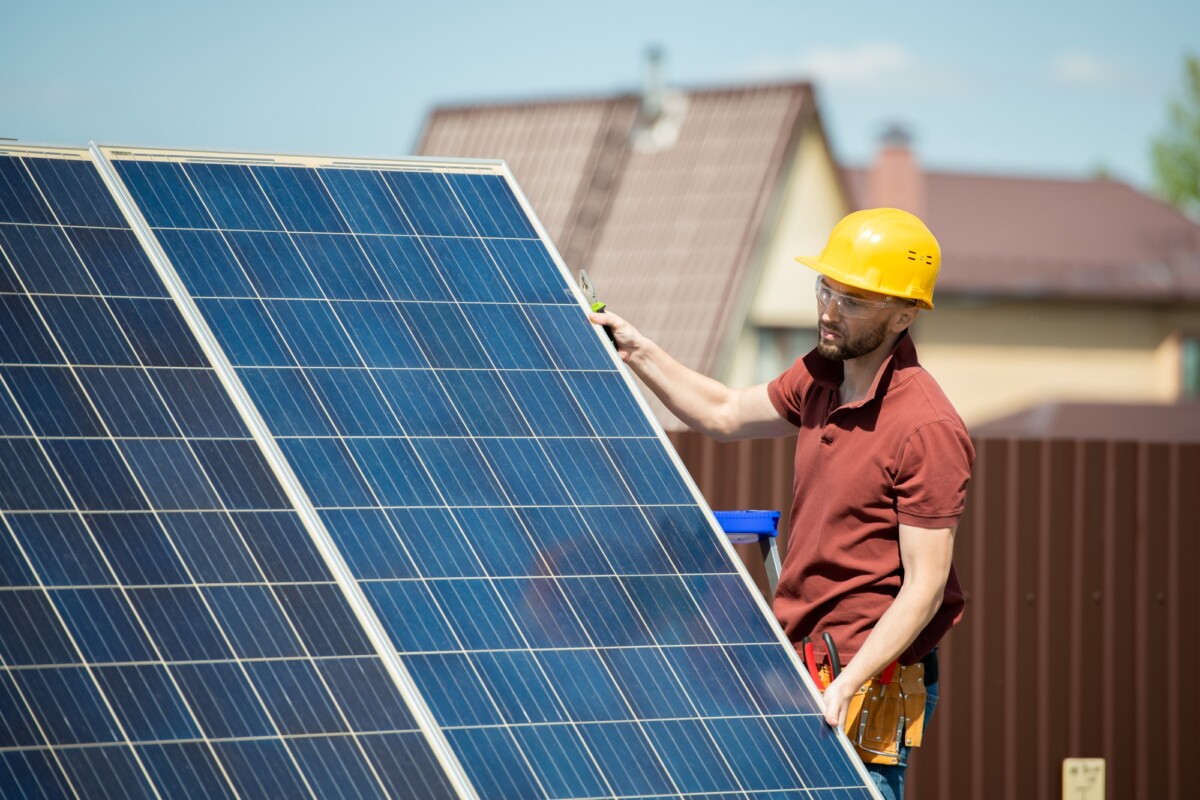Understanding the Basics: What Are Commercial Solar Panel Costs?
When considering a shift to solar energy, understanding commercial solar panel costs is crucial for businesses aiming to make informed financial decisions. These costs can vary significantly based on factors such as the size of the installation, location, and energy needs. By investing in solar panels, businesses not only contribute to environmental sustainability but also potentially reduce long-term energy expenses. Transitioning to solar power can be a strategic move, offering both economic and ecological benefits.
Key Factors Influencing Costs
- Installation Size: Larger installations typically cost more upfront but may offer better economies of scale.
- Location: Geographic location can affect installation costs due to varying sunlight exposure and local incentives.
- Energy Needs: Higher energy requirements may necessitate more panels, influencing overall costs. By understanding these elements, businesses can better anticipate the financial implications and benefits of adopting solar technology. This knowledge empowers companies to make strategic decisions that align with their sustainability goals and budgetary constraints.
How Do Commercial Solar Panel Costs Compare to Residential Options?
When evaluating commercial solar panel costs, it’s essential to consider the scale and scope of the installation. Commercial systems are typically larger, requiring more panels and higher initial investments than residential setups. However, they benefit from economies of scale, often resulting in a lower cost per watt. This means that while the upfront costs are higher, the long-term savings and return on investment can be more substantial for commercial installations.
Key Differences in Costs
- Scale and Size: Commercial installations are larger, leading to higher initial costs but lower cost per watt.
- Incentives and Rebates: Businesses may qualify for different incentives than homeowners, affecting overall costs.
- Installation Complexity: Commercial setups might involve more complex installations, impacting labor costs. By understanding these differences, businesses can better assess the financial implications and benefits of investing in commercial solar energy.
Factors Influencing Commercial Solar Panel Costs: What to Consider
Understanding the costs associated with commercial solar panels is crucial for businesses considering this sustainable energy solution. Commercial solar panel costs can vary significantly based on several factors, making it essential to know what to expect. By understanding these variables, businesses can make informed decisions that align with their financial and environmental goals, ensuring a smart investment in renewable energy.
Installation and Equipment Costs
The initial costs of commercial solar panels are largely influenced by the equipment and installation expenses. High-quality panels and advanced technology may come with a higher price tag, but they often offer better efficiency and longevity. Additionally, the complexity of the installation process, including roof type and system size, can impact overall costs.
Location and Incentives
Geographical location plays a significant role in determining commercial solar panel costs. Areas with higher sunlight exposure can benefit from more efficient energy production, potentially lowering costs. Moreover, local and federal incentives, such as tax credits and rebates, can significantly offset initial expenses, making solar energy more accessible for businesses.
Is Investing in Commercial Solar Panels Worth the Cost?
Commercial solar panel costs can initially seem daunting, but understanding what to expect can help businesses make informed decisions. Investing in solar energy is not just about the upfront expense; it’s about long-term savings and sustainability. With energy prices rising, many companies are turning to solar panels to reduce their electricity bills and carbon footprint, making it a strategic financial decision.
Understanding the Initial Investment
The initial costs of commercial solar panels include purchasing the panels, installation, and any necessary permits. While these expenses can be significant, many businesses find that the investment pays off over time. Government incentives and tax credits can also help offset these costs, making solar energy more accessible.
Long-term Financial Benefits
Investing in commercial solar panels can lead to substantial savings on energy bills. Over time, the reduction in electricity costs can significantly outweigh the initial investment. Additionally, solar panels can increase property value and offer a hedge against future energy price hikes, providing both immediate and long-term financial benefits.
Breaking Down the Installation Process: What to Expect in Costs
Understanding commercial solar panel costs is crucial for businesses considering a shift to renewable energy. These costs can vary significantly based on several factors, including the size of the installation, location, and specific energy needs. By breaking down the installation process, businesses can better anticipate the financial investment required and make informed decisions that align with their sustainability goals.
Initial Consultation and Site Assessment
The first step in determining commercial solar panel costs involves an initial consultation and site assessment.
During this phase, solar experts evaluate the property to understand its energy needs and potential solar capacity. This assessment helps in estimating the size and type of system required, which directly impacts the overall cost.

Ready to make the switch? Discover how solar power can lower your bills and boost your home’s efficiency. Get a Free Solar Estimate at FREE SOLAR POWER QUOTES
Equipment and Installation Costs
Once the assessment is complete, the next major cost component is the equipment and installation. This includes the price of solar panels, inverters, mounting systems, and labor.
Businesses should also consider potential additional expenses such as permits and grid connection fees. By understanding these elements, companies can better prepare for the financial aspects of transitioning to solar energy.
How to Calculate Your ROI on Commercial Solar Panel Investments
Understanding the commercial solar panel costs is crucial for businesses looking to invest in renewable energy solutions. These costs can vary significantly based on factors such as the size of the installation, location, and the specific technology used. However, the potential savings on energy bills and the positive environmental impact make this investment worthwhile. Calculating the return on investment (ROI) is essential to determine the financial benefits over time, ensuring that your business makes an informed decision.
Calculating your ROI involves understanding both the initial investment and the long-term savings.
Start by assessing the total cost of the solar panel system, including installation and maintenance. Then, estimate the annual energy savings by comparing your current energy costs with the projected costs after installation. This comparison will help you determine how quickly the system will pay for itself.
Key Considerations for ROI Calculation
-
Initial Costs: Include equipment, installation, and any additional fees.
-
Energy Savings: Calculate the difference in energy bills before and after installation.
-
Incentives and Tax Credits: Factor in any available government incentives or tax credits that can reduce upfront costs.
-
Maintenance Costs: Consider ongoing maintenance expenses to ensure accurate ROI projections. By carefully evaluating these elements, businesses can make strategic decisions about their solar investments.
Exploring Financing Options for Commercial Solar Panel Costs
Commercial solar panel costs can be a significant investment for businesses, but understanding the financial landscape can make the transition to solar energy smoother and more affordable. As companies look to reduce their carbon footprint and energy expenses, exploring financing options becomes crucial. By leveraging various financial strategies, businesses can manage upfront costs and enjoy long-term savings.
Understanding Your Financing Choices
When it comes to financing commercial solar panel costs, businesses have several options to consider. These include solar loans, leases, and power purchase agreements (PPAs). Each option offers unique benefits and considerations. For instance, solar loans allow businesses to own their systems outright, while leases and PPAs often require little to no upfront payment, making them attractive for companies looking to conserve capital.
Benefits of Financing Options
-
Solar Loans: Provide ownership and potential tax benefits.
-
Leases: Offer lower upfront costs and predictable monthly payments.
-
Power Purchase Agreements (PPAs): Enable businesses to pay only for the energy produced, often at a lower rate than traditional utilities. Exploring these options can help businesses align their financial strategies with their sustainability goals, ensuring a smart investment in renewable energy.
The Role of Government Incentives in Reducing Commercial Solar Panel Costs
Understanding the costs associated with commercial solar panels is crucial for businesses considering this sustainable energy solution. While the initial investment might seem daunting, government incentives play a pivotal role in making these systems more affordable. By leveraging these incentives, businesses can significantly reduce their commercial solar panel costs, making the transition to renewable energy not only environmentally beneficial but also economically viable.
These incentives come in various forms, such as tax credits, rebates, and grants, each contributing to lowering the overall expense of installing commercial solar panels. By understanding and utilizing these incentives, businesses can achieve substantial savings.
Types of Government Incentives
-
Tax Credits: Often, businesses can claim a percentage of the installation costs as a tax credit, directly reducing their tax liability.
-
Rebates: Some local governments offer rebates that provide immediate cash back after installation.
-
Grants: Certain programs offer grants to cover a portion of the costs, especially for projects that demonstrate significant environmental benefits. These incentives not only reduce upfront costs but also enhance the return on investment, making solar energy a more accessible option for businesses.
How FreeSolarPowerQuote Can Help You Navigate Commercial Solar Panel Costs
At FreeSolarPowerQuote, we simplify the journey of understanding commercial solar panel costs by breaking down the key components involved. Our expertise helps you evaluate initial investment costs, which include the price of solar panels, inverters, and installation services. Additionally, we assist in identifying potential savings through tax incentives and rebates, which can significantly offset upfront expenses.
Key Considerations
-
Installation Costs: We provide insights into the factors influencing installation costs, such as system size and location.
-
Maintenance and Operational Costs: Learn about the long-term savings and maintenance requirements to keep your system efficient.
-
Financing Options: Explore various financing solutions, including leasing and power purchase agreements, to find the best fit for your budget. With FreeSolarPowerQuote, you gain a comprehensive understanding of commercial solar panel costs, empowering you to make strategic decisions for your business’s sustainable future.
Future Trends: What to Expect for Commercial Solar Panel Costs
Technological Advancements
One of the key drivers of future cost trends in commercial solar panels is technological advancement. As technology continues to improve, the efficiency of solar panels increases, leading to a reduction in costs. Innovations such as bifacial panels and advanced inverter technologies are expected to become more mainstream, offering businesses more bang for their buck. These advancements not only lower installation costs but also enhance energy output, making solar investments more attractive.
Economies of Scale
Another significant factor influencing commercial solar panel costs is economies of scale. As more businesses adopt solar energy, the production costs of solar panels decrease. This trend is expected to continue, with larger-scale manufacturing processes and increased competition driving prices down. Additionally, government incentives and subsidies for renewable energy projects can further reduce initial investment costs, making solar energy a more viable option for commercial enterprises.
Join the solar movement today! Thousands are already saving—claim your free consultation to get started. Schedule Your Free Consultation at FREE SOLAR POWER QUOTES
Interested in more options? Take a look at SOLAR ENERGY for tailored solar solutions that suit your home!


